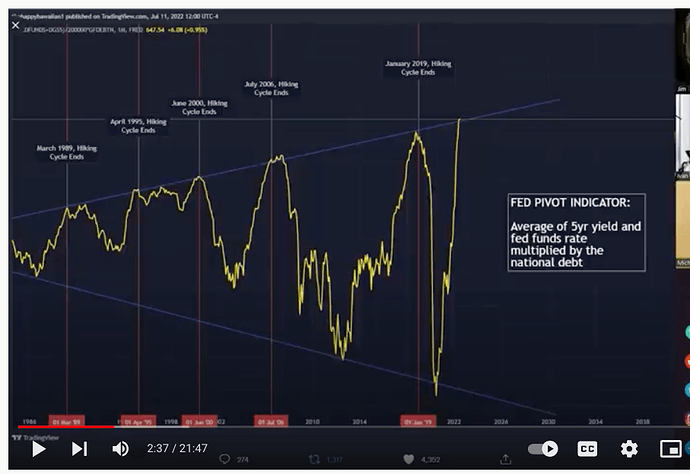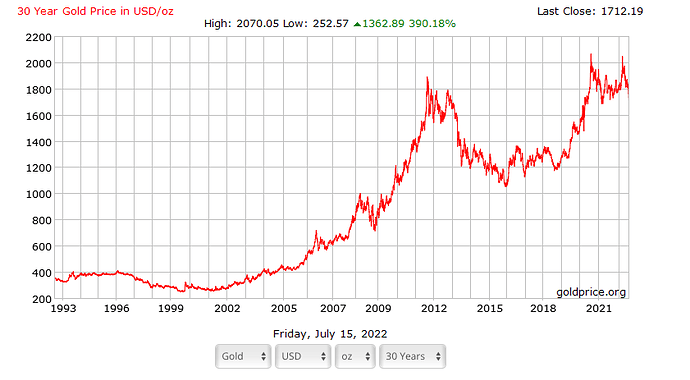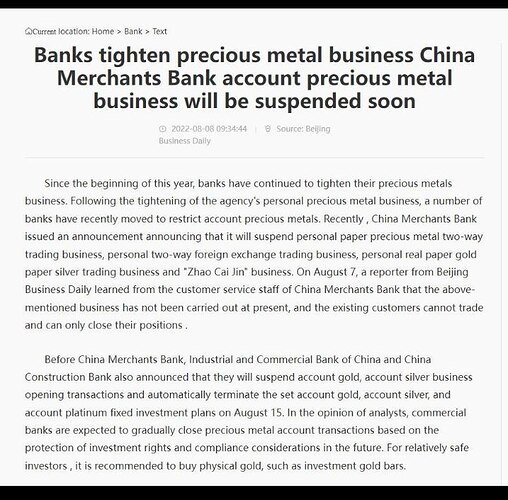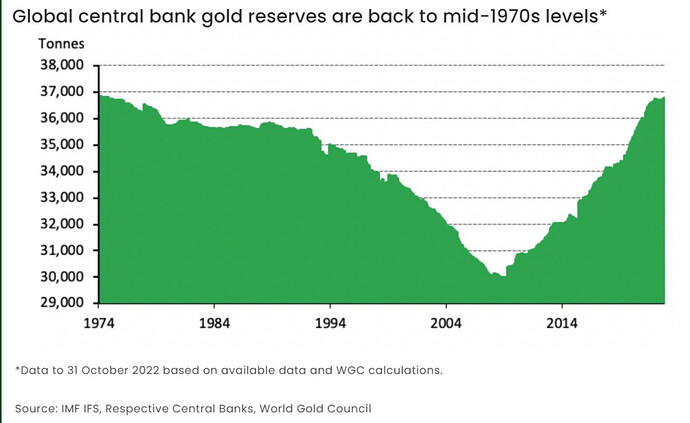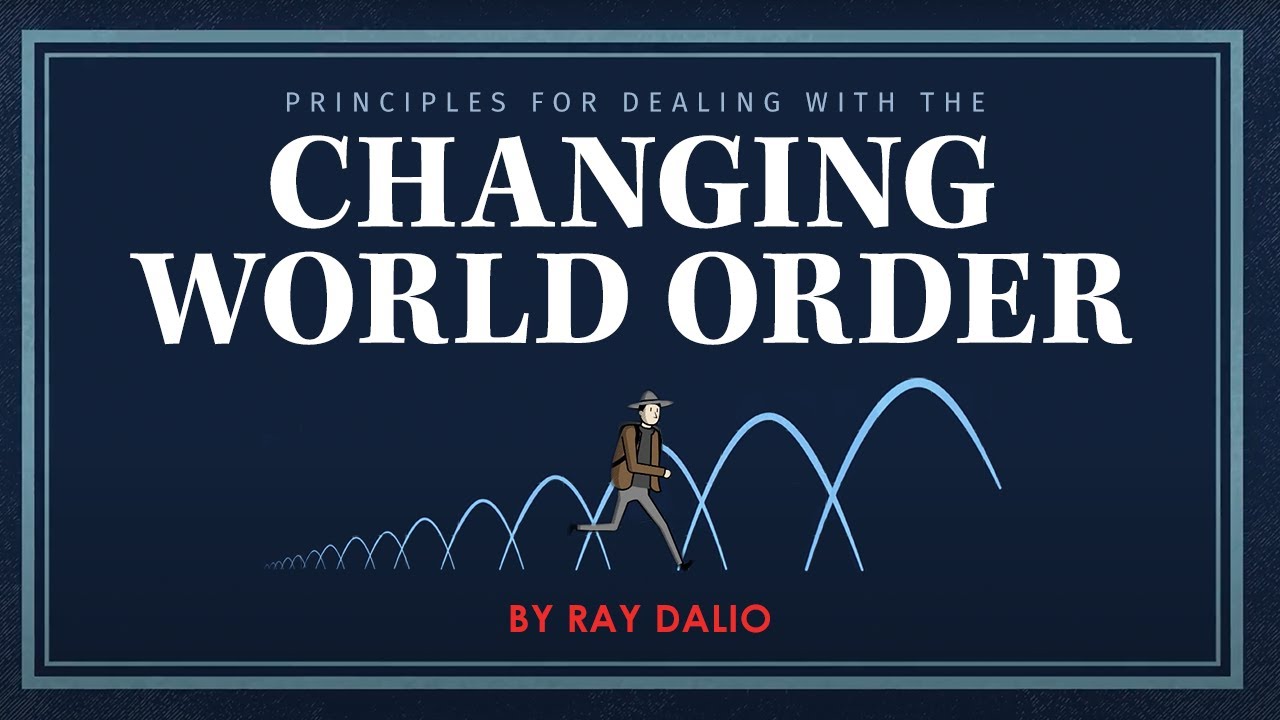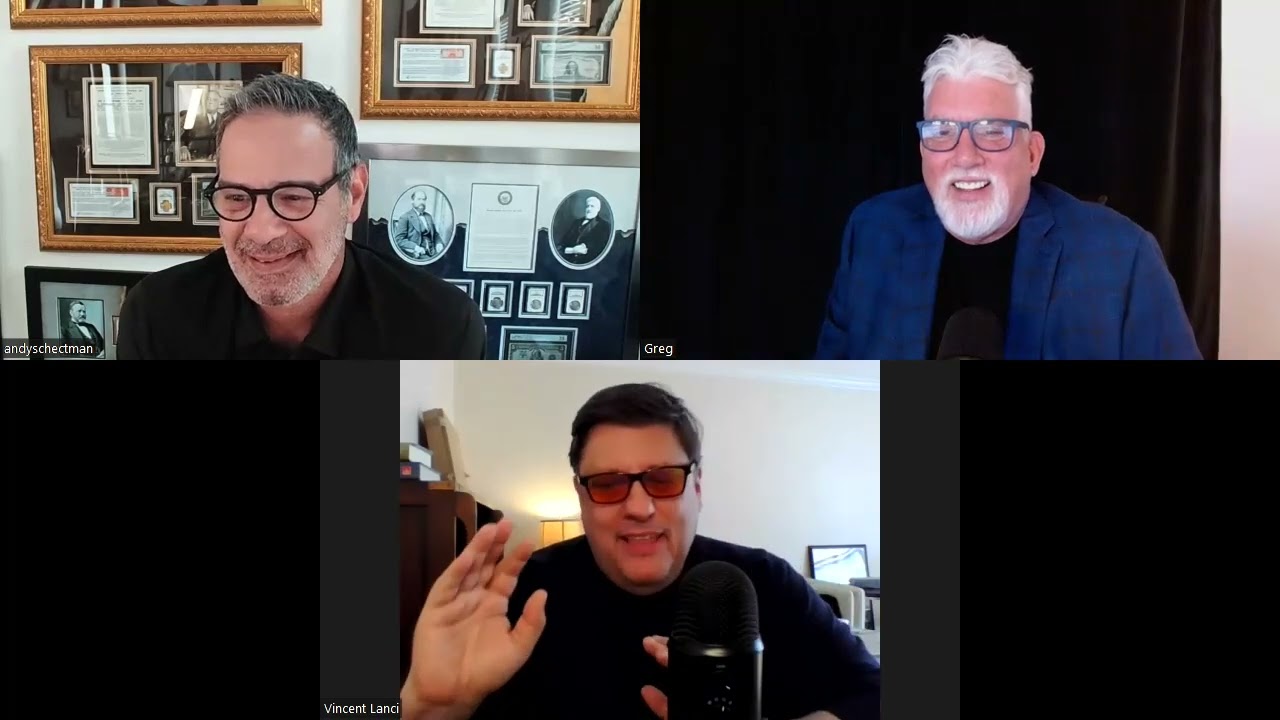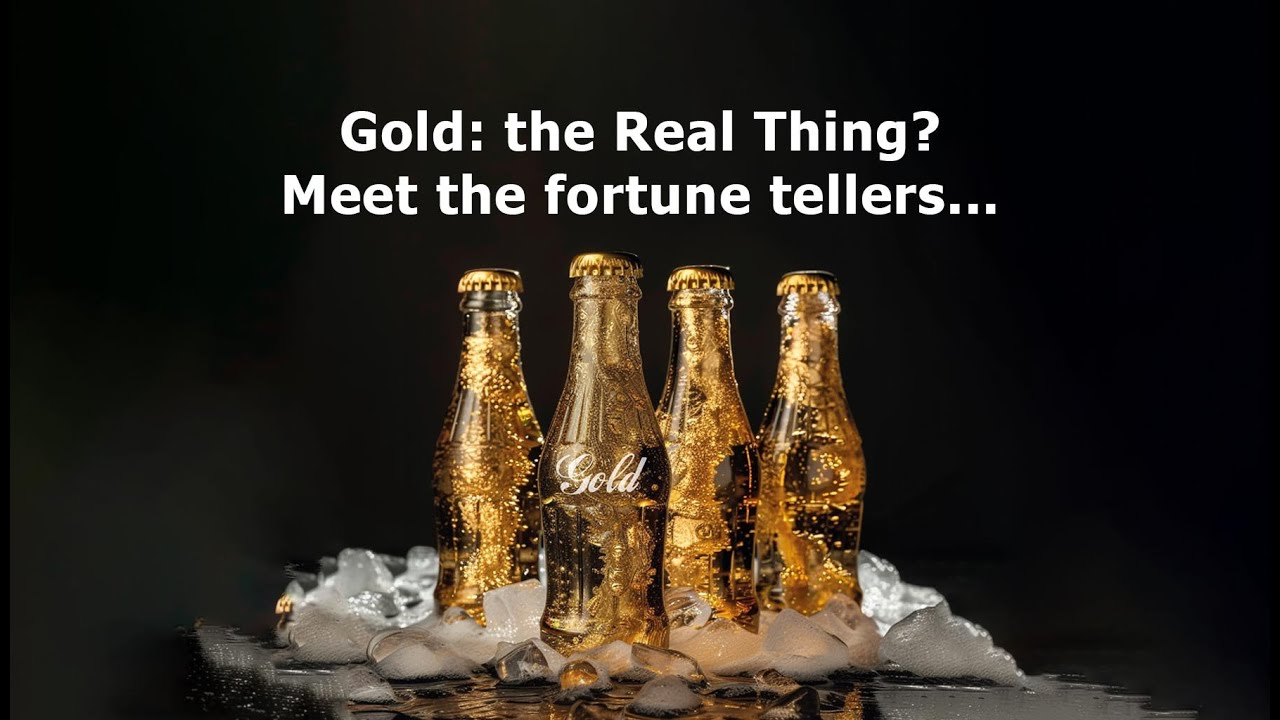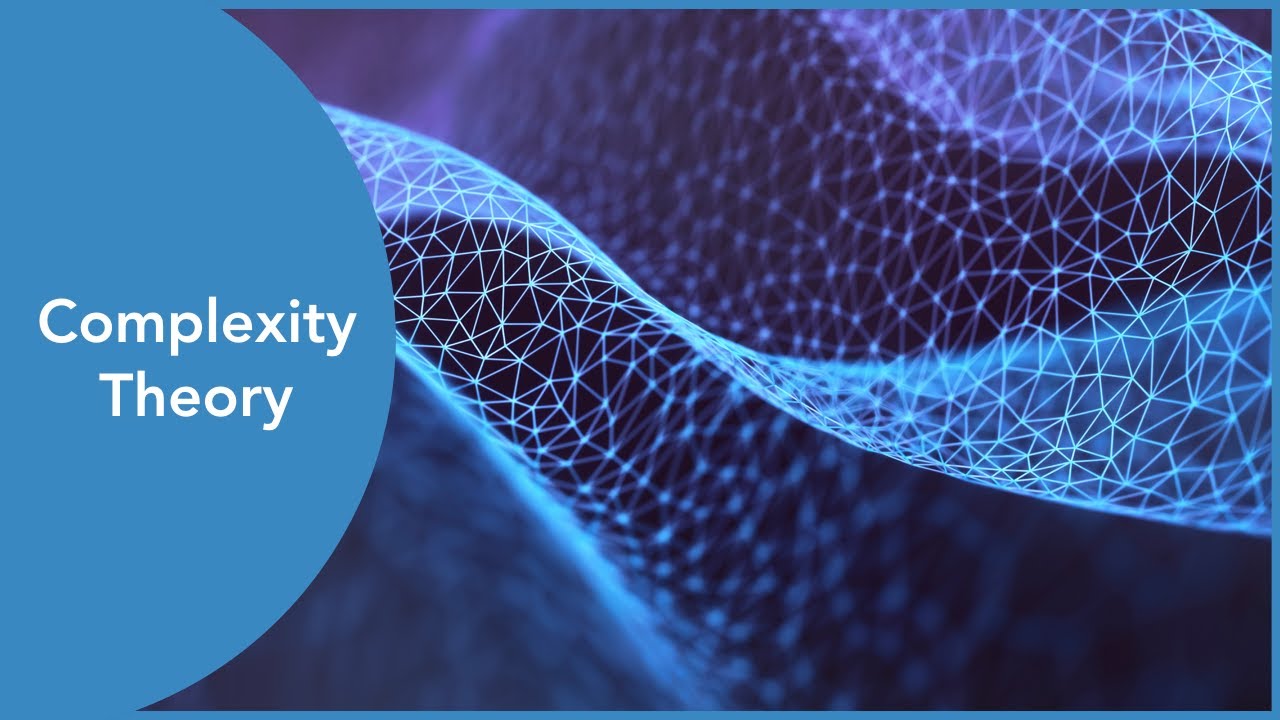There are quite a few articles reporting the June virtual Summit meeting:
How durable will a commodity-based trade currency be?
June 24, 2022
In a move to strengthen cooperation and promote economic recovery after the COVID-19 pandemic, BRICS countries agreed this week during the bloc’s virtual Summit to launch the BRICS Business Forum, which they regard as an effective tool to achieve the association’s goals.
“We support comprehensive, close, practical, and inclusive cooperation and stand ready to actively contribute to the strengths of the business community to this end,” said the initiative, which sees emerging economies and developing countries as “important forces in driving global economic recovery.”
Regarding health cooperation, the initiative calls for solidarity to address the challenges generated by COVID-19 through measures such as strengthening research on vaccines and promoting exchanges of knowledge on traditional medicine.
The initiative also expressed its support for an open, transparent, fair, inclusive, non-discriminatory, and law-based multilateral trading system, and called on BRICS countries to increase trade cooperation to strengthen transparency in the business environment, while deepening exchanges in e-commerce, intellectual property rights, and other trade issues at all levels.
The BRICS Forum also called for promoting global sustainable development and accelerating the ecological transition, embracing the digital economy, and strengthening the resilience of industrial and supply chains.
Chinese President Xi Jinping, who hosted the virtual 14th BRICS Summit, also called on BRICS countries to safeguard global peace and tranquility, persist in development, and unleash the potential and vitality of cooperation.
“Standing at this historic crossroads, we should review the path already traveled and always keep in mind why we BRICS countries started up, and at the same time work together for a shared future of a high-quality partnership that is more comprehensive, closer, practical and inclusive, with a view to jointly launching a new march of BRICS cooperation,” said Xi.
Xi also called on BRICS countries to persist in standing in solidarity and safeguarding global peace and tranquility. He added BRICS countries should support each other in matters touching their respective core interests, practice true multilateralism, uphold justice, fairness, and solidarity, and reject hegemony, thuggery, and division.
“This year, we have held the Foreign Ministers’ Meeting and the Senior National Security Representatives’ Meeting, deepened cooperation in the areas such as counter-terrorism and cybersecurity, and promoted coordination in the UN and other multilateral frameworks, speaking out for justice on the international stage,” he said.
Xi also underlined the Initiative for Global Security (ISG). “The Chinese side is willing to work together with BRICS partners to make the ISG translate into concrete actions and tangible results, thus injecting stability and positive energy into the world.”
“So far this year, we have launched the BRICS Initiative on Strengthening Supply Chain Cooperation and the Initiative on Trade and Investment for Sustainable Development, adopted the Agreement on Cooperation and Mutual Administrative Assistance in Customs Matters and the Strategy for Cooperation on Food Security, and held for the first time the High-Level Meeting on Climate Change,” Xi also pointed out.
BRICS countries must take full advantage of these new platforms to promote the connectivity of industrial and supply chains, and jointly respond to challenges in areas such as poverty alleviation, agriculture, energy, and logistics, among others, Xi insisted, as he highlighted the fact that BRICS countries, instead of being a closed club or a small exclusive circle, are a big family of mutual support and a win-win cooperation partnership.
“This year, for the first time, we have had other countries as guests at the BRICS Foreign Ministers’ Meeting. The newly established BRICS Vaccine Research and Development Center has an unequivocal commitment to openness. ”Step by step, we have carried out various ‘BRICS Plus’ activities in the areas such as scientific-technological innovation, people-to-people exchange, and sustainable development, thus engaging new cooperation platforms of emerging markets and developing countries,“ he added.
”Those who know how to seize the opportunities of the new economy such as big data and artificial intelligence will rightly take the pulse of our time,“ Xi also underscored.
”This year, we have accelerated the construction of the Xiamen Innovation Center of the BRICS New Industrial Revolution Partnership, convened the Forum on Industrial Internet Development and Digital Manufacturing and the Forum on Macro data for Sustainable Development, achieved the Digital Economy Partnership Framework, launched the Manufacturing Industry Digitalization Cooperation Initiative, and established the network of technology transfer centers and the mechanism for aerospace cooperation,“ Xi said.
Meanwhile, Russian President Vladimir Putin said that ”the countries of our bloc are deepening cooperation on the entire range of issues on the global and regional agenda. And every year the authority of the BRICS and its influence on the global stage is steadily increasing.“
Putin also pointed out that this is an objective process since the five countries have truly great economic, scientific, technological, and human potential. They can effectively work together to ensure international stability and security, sustainable growth and prosperity, and the well-being of their people.
The Russian leader also pinpointed that the transnational nature of the challenges and threats the international community faces demands a search for collective responses with the bloc’s active participation. ”We have repeatedly said that only together we can solve such problems as conflict resolution, combating terrorism, organized crime, including the criminal use of new technologies, combating climate change, and the spread of dangerous infections.”
(BRICS Summit sees new role for the bloc in a changing world — MercoPress)
